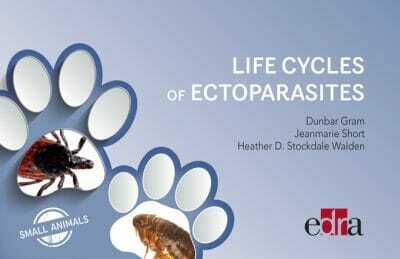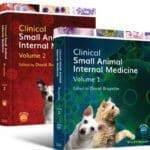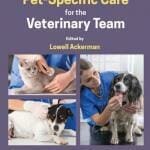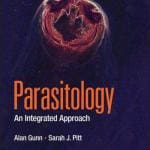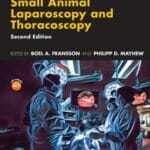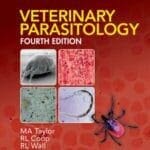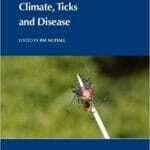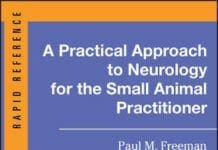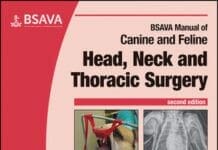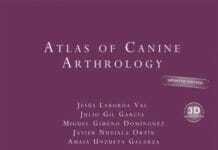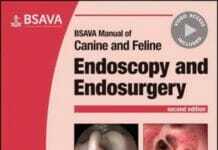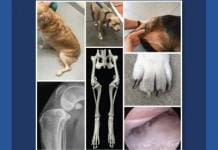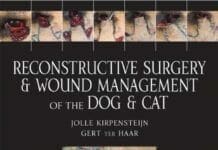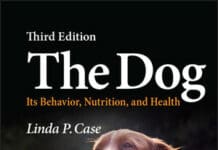1. Introduction
General importance of parasites Importance of life cycles in parasite control
2. Ticks
Description and geographic distribution
Hard ticks
Soft ticks
Life cycle
Hard ticks
Soft ticks
Vector potential and disease transmission
Critical points for control and prevention
3. Fleas
Description and geographic distribution
Life cycle
Host component of flea life cycle
Environmental component of flea life cycle
Vector potential, disease transmission, and economic impact
Critical points for control and prevention
4. Mites
Description and geographic distribution
Demodex mites
Critical points for diagnosis, control, and prevention
Scabies mites
Critical points for diagnosis, control, and prevention
Otodectes cynotis/Ear mites
Critical points for diagnosis, control, and prevention
Cheyletiella spp./“Walking dandruff”
Critical points for diagnosis, control, and prevention
5. Chewing and sucking lice
Description and geographic distribution
Life cycle
Vector potential and disease transmission
Critical points for control and prevention
6. Biting flies
Biting midges (Ceratopogonidae)
Description and geographic distribution
Life cycle
Vector potential and disease transmission
Sand flies (Psychodidae)
Description and geographic distribution
Life cycle
Vector potential and disease transmission
Critical points for control and prevention
7. Mosquitoes
Description and geographic distribution
Life cycle
Vector potential and disease transmission
Critical points for control and prevention
8. Screwworm flies
Description and geographic distribution
Life cycle
Health concerns
Critical points for control and prevention
9. Conclusion
Further reading references
